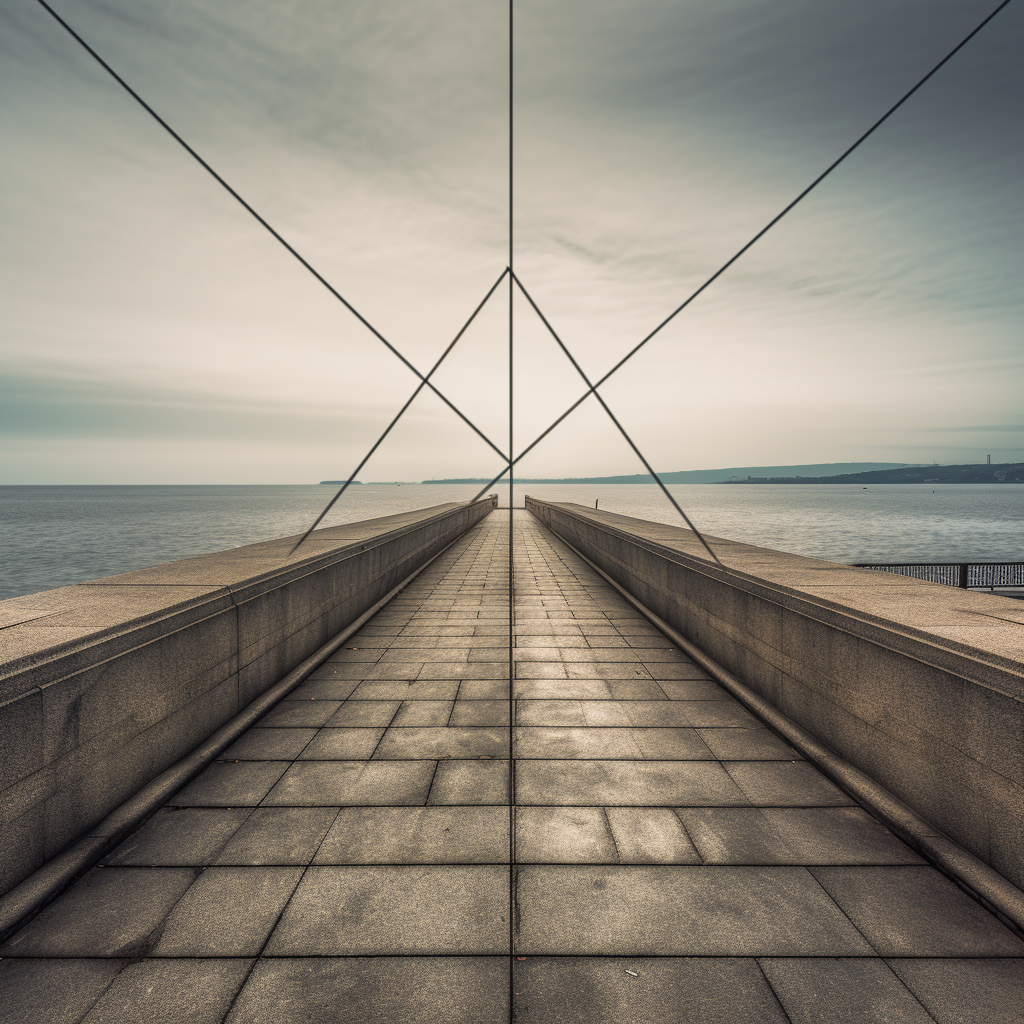Please note this post may contain affiliate links picked by me (Jay) that I have deemed may be of interest or relevant to you the reader of this.
These links do not affect the cost of the thing if you decide to purchase but i may get a little money if you choose to purchase.
For more information on my affiliate link policy click here.
From Snapshots to Art: Elevating Your Photography with Composition
If you want to take your photography to the next level, you need to master composition. Composition is the art of arranging elements in a photograph to create a visually appealing image. It’s the difference between a snapshot and a work of art.
In this article, we’ll explore some essential tips and techniques for composing your shots like a pro. Whether you’re a beginner or an experienced photographer, these tips will help you elevate your photography to the next level.
Use the Rule of Thirds
The rule of thirds is one of the most basic and important principles of composition. The idea is to divide your image into thirds both horizontally and vertically, creating a grid with nine equal sections. Then, place your subject at one of the intersections or along one of the lines.
This creates a more dynamic and visually interesting composition than simply centering your subject. It also draws the viewer’s eye to the most important part of the image.
Pay Attention to Lines
Lines can be a powerful compositional tool. They can create depth, lead the viewer’s eye through the image, and add visual interest.
Look for lines in your scene and think about how you can use them to enhance your composition. For example, a road or path can create a sense of depth and lead the viewer’s eye into the image. A fence or a row of trees can add visual interest and create a sense of rhythm.
Experiment with Symmetry and Asymmetry
Symmetry is pleasing to the eye, but it can also be a bit boring. Asymmetry, on the other hand, can create tension and visual interest.
Experiment with both symmetry and asymmetry in your compositions. For example, a symmetrical shot of a building can be stunning, but an off-center shot with an interesting foreground element can be even more dynamic.
Use Framing and Layers
Framing and layers can add depth and interest to your photos. Use foreground elements to frame your subject and create a sense of depth. Layers can add complexity and visual interest.
For example, you could use a tree branch or archway to frame your subject. Or, you could create a layered composition with a foreground element, a mid-ground element, and a background element.
|
|
Consider the Golden Ratio
The golden ratio is a mathematical concept that has been used in art and architecture for centuries. It’s a ratio of approximately 1:1.618 and is found in many natural forms.
You can use the golden ratio to create balanced and visually interesting compositions. Simply divide your image into thirds both horizontally and vertically, creating a grid with nine equal sections. Then, place your subject at one of the points where the lines intersect.
Look for Patterns and Textures
Patterns and textures can add visual interest and create a sense of rhythm in your images. Look for patterns in nature, architecture, and everyday objects.
Textures can also add depth and interest to your photos. For example, the rough texture of a brick wall or the smooth texture of a flower petal can create contrast and visual interest.
Pay Attention to Colour
Colour can be a powerful compositional tool. It can create mood, evoke emotion, and add visual interest.
Pay attention to the colors in your scene and think about how you can use them to enhance your composition. For example, a red object can create a focal point in an otherwise neutral scene. Complementary colors can create a sense of harmony, while contrasting colors can create tension.
Experiment with Different Perspectives
Changing your perspective can completely transform your image. Experiment with different angles and heights to create a unique and dynamic composition.
For example, getting down low can create a sense of power and drama. Shooting from above can create a sense of scale and perspective. Don’t be afraid to try different
angles and perspectives to find the most interesting and effective composition for your subject.
Keep it Simple
Sometimes, less is more. A simple composition can be just as effective, if not more so, than a complex one. Avoid clutter and unnecessary elements that detract from your subject.
Focus on your subject and use negative space to create a clean and simple composition. This will help your subject stand out and create a more powerful image.
Practice, Practice, Practice
Finally, the most important tip for elevating your photography with composition is practice. The more you practice, the better you’ll become at seeing and creating effective compositions.
Take your camera with you wherever you go and practice composing shots in different situations. Experiment with different techniques and styles, and don’t be afraid to make mistakes. With time and practice, you’ll develop a better understanding of composition and be able to create truly stunning images.
In conclusion, composition is a fundamental aspect of photography that can make the difference between a snapshot and a work of art. By using these tips and techniques, you can elevate your photography and create more visually appealing images. Remember to use the rule of thirds, pay attention to lines, experiment with symmetry and asymmetry, use framing and layers, consider the golden ratio, look for patterns and textures, pay attention to color, experiment with different perspectives, keep it simple, and most importantly, practice. With dedication and hard work, you can become a master of composition and take your photography to the next level.
















